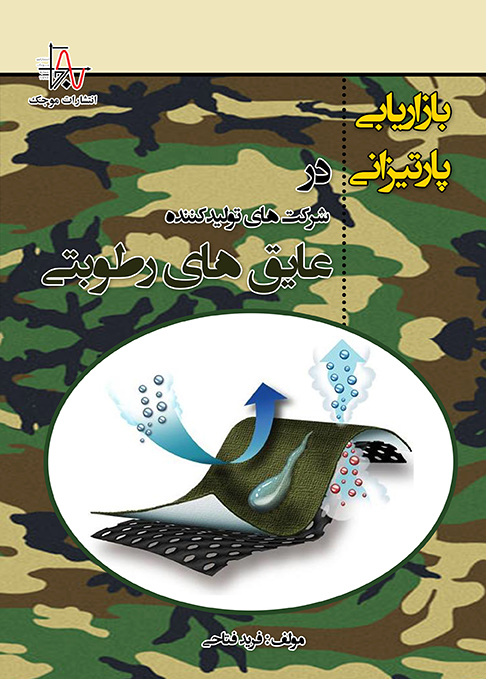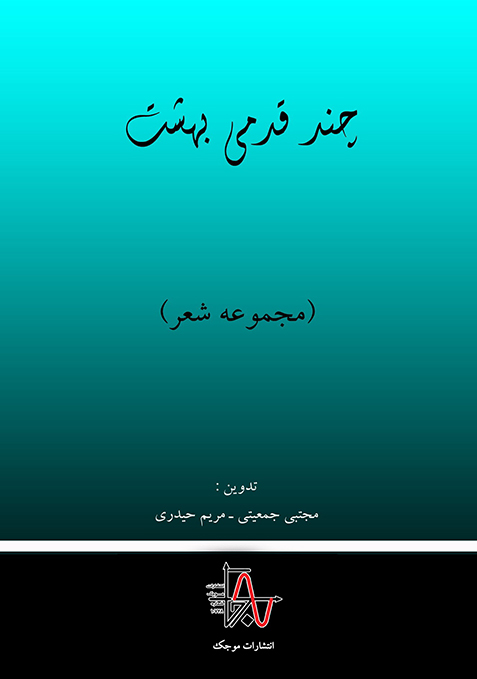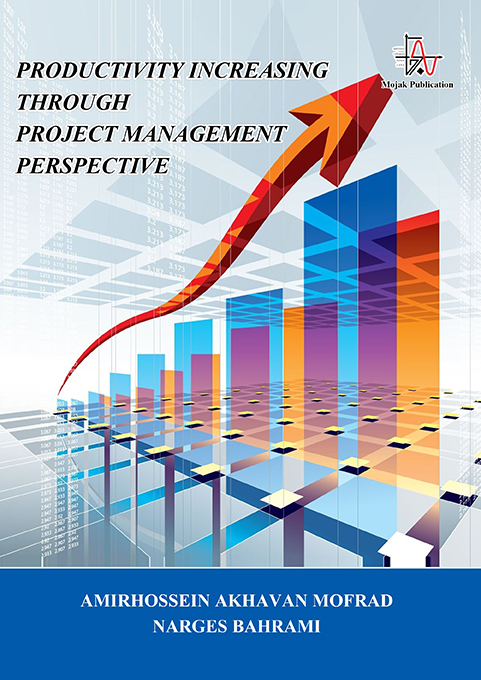ناشر : انتشارات موجک (ناشر دانشگاهی)
کد کتاب : M823
عنوان : جریانهای نقدی آزاد و عملیاتی
تالیف : علی حسن کریمی، سیدروح الله حسن پور سوق
مشخصات ظاهری : ۸۸ صفحه، قطع وزیری
چاپ اول : تابستان ۱۴۰۱، تيراژ : ۵۰۰ جلد
قيمت : ۱۷۰۰۰۰۰ ريال، شابک : ۵-۵۰۸-۹۹۴-۶۰۰-۹۷۸
حقوق چاپ و نشر برای ناشر محفوظ است.
————————————————————————————————————————————————————————————————————————–






نقد و بررسیها
هیچ دیدگاهی برای این محصول نوشته نشده است.